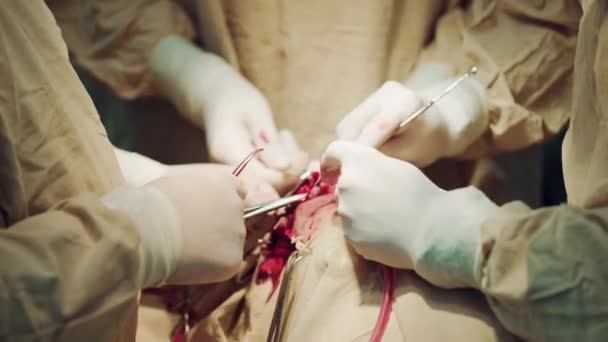
People with problems in their knee joints try a lot of options like changing their lifestyle, trying strengthening exercises, alternative therapies like acupuncture and application of topical medicines.
Based on the severity of the joint disorder, even doctors recommend a range of non-surgical, less-invasive options first like cortisone injections, anti-inflammatory medications, glucosamine prescriptions, and physical therapy. Only after a thorough examination of the joint area with X-Ray and MRI and a detailed study of their medical history, doctors ascertain the need for invasive surgery for patients.
Therefore, a knee replacement surgery or knee arthroplasty (KA) is recommended only as the last resort when a patient’s mobility and pain issues become unbearable and can no longer be managed with non-invasive techniques. Such scenarios occur frequently with aging patients suffering from an advanced stage of the joint disorder.
Since KA involves cutting the end of knee joint bones and fitting an artificial implant, the technique is classified as a major surgery, and often generates different kinds of fears in patients. Such fears of surgery, of losing their body part, of post-operative pain, of the long rehabilitation period and other unknown complications compel many patients to delay the procedure.
But delaying the procedure, even when it has been recommended by the surgeon can have a lot of negative repercussions for the patient
Worsening of deformities outside and inside the knee joint
Even though arthritis takes time to progress, with every bit of progression, the risks of the worsening of the joint deformity increases. In elderly patients, since most cases are of greater severity, there is a higher risk of the disorder to evolve into a bow-legged or knock-kneed deformity.
In such cases, joint replacement becomes highly complicated, with surgeons needing specialized implants, more time under anesthesia and expensive and extensive surgery for joint correction.
Risk of Increased lack of mobility and Disability
With the progression of joint disorders, the movement of the joint is hampered. This reduced movement further aggravates the situation as the soft tissues surrounding the joint, including the muscles, joint capsules and ligaments start contracting and become stiff.
This condition is highly evident in old patients with an advanced case of knee osteoarthritis, who are unable to fold their knees and suffer from immobility. Therefore, when advanced joint disorders are not treated in an appropriate manner, they develop a high risk of developing into a debilitating disability.
Recent Posts
- Deciding Between Total Knee Replacement and Minimally-Invasive Partial Knee Replacement
- Long Term Impacts of Arthroscopic Surgery
- What to Expect After a Joint Replacement Surgery?
- Ways to Avoid Risks Post a Knee Replacement Surgery
- Five Things to Know If You Are Planning a Hip Replacement Surgery
- The Rising Bone Health Issues in Aging Population
- Knee Replacement Advancements Leading to Better Patient Satisfaction
- Simultaneous bilateral hip replacement more satisfactory and better rehabilitation
- Knee replacement as successful as Hip replacement
